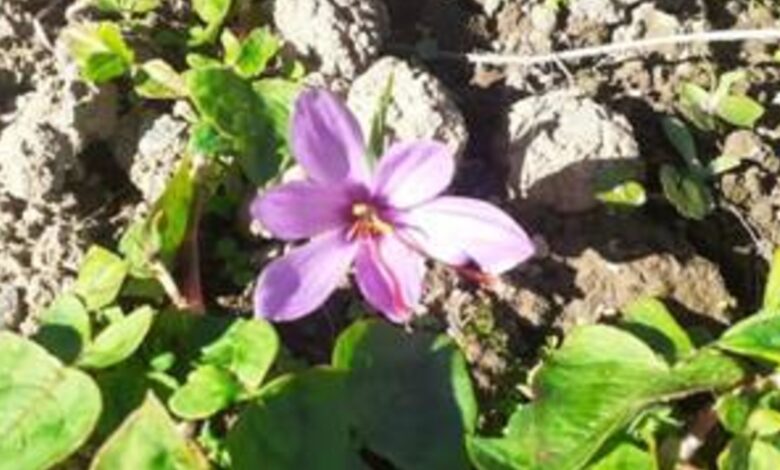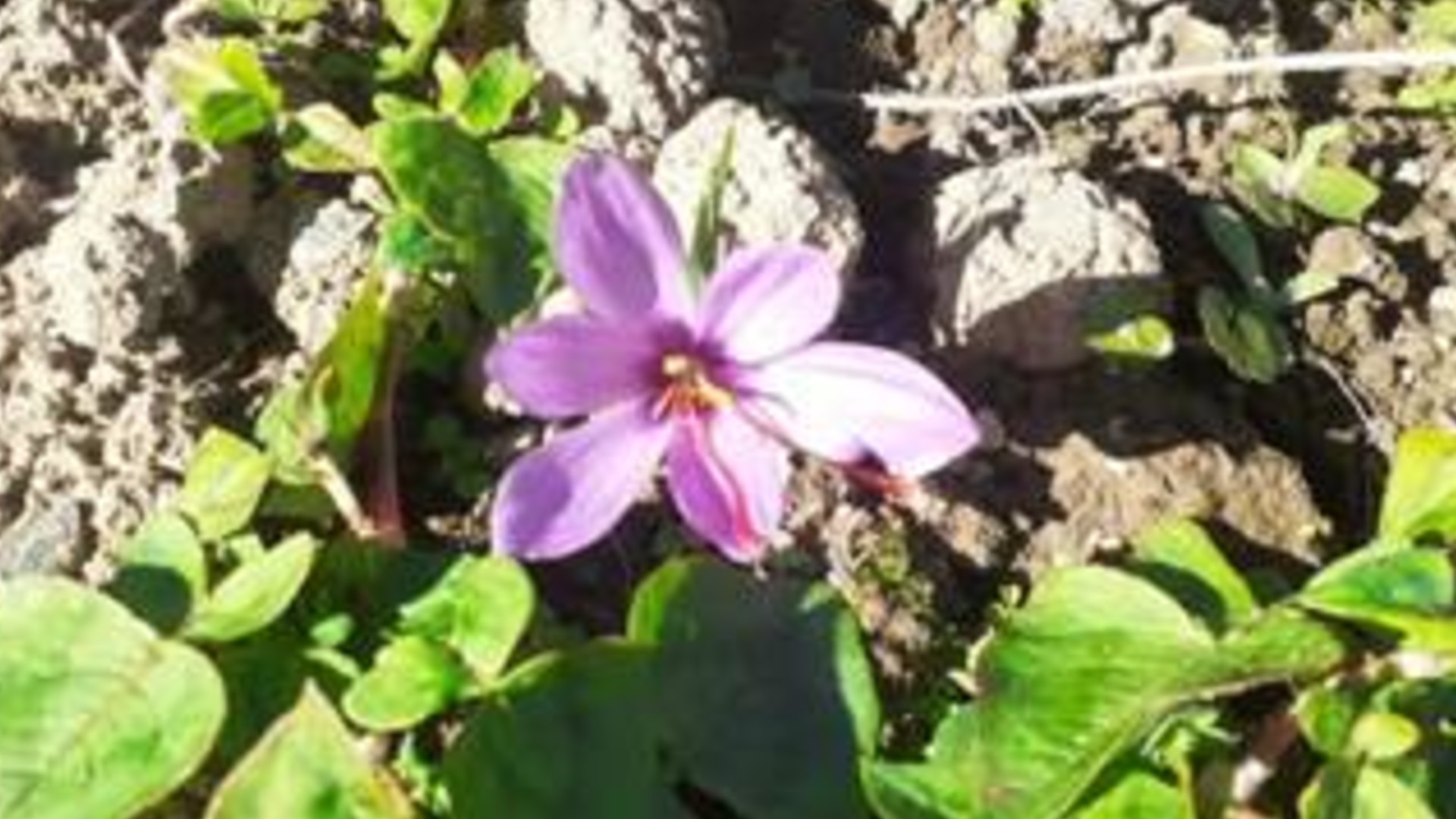Saffron bowl of India extends to northeast

The saffron bowl, which was so far confined to Kashmir, may soon expand to the northeast of India. Plants from seeds transported from Kashmir to Sikkim and acclimatised there are now flowering in Yangyang in the southern part of the northeast state.
Saffron production has long been restricted to a limited geographical area in the Union Territory of Jammu and Kashmir. Pampore region, commonly known as Saffron bowl of Kashmir, is the main contributor to saffron production, followed by Budgam, Srinagar, and Kishtiwar districts.
Saffron has traditionally been associated with the famous Kashmiri cuisine. It’s its medicinal values were considered as part of the rich cultural heritage of Kashmir.
As saffron growing was confined to very specific areas in Kashmir, its production remained limited. Though the National Mission on Saffron focused on several measures to improve its farming, the measures were still limited to the specified areas of Kashmir.
The North East Centre For Technology Application and Reach (NECTAR), an autonomous body under the Department of Science and Technology supported a pilot project to explore the feasibility of growing saffron in North East region of India, with the same quality and higher quantity.
The Botany and Horticulture department of Sikkim Central University carried out tests to understand the soil and actual pH conditions of Yangyang of Sikkim and found it comparable to saffron growing places of Kashmir.
Saffron seed/corms were purchased and air transported from Kashmir to Yangyang site by the department. One saffron grower was engaged and stationed to look after the complete growing process, along with the faculty of the university.
The corms were irrigated during the month of September and October, which ensured timely corm sprouting and good flower yields. The matching of climatic and geographical conditions between Pampore (Kashmir) and Yangyang (Sikkim) led to the successful sample farming of saffron in Yangyang.





